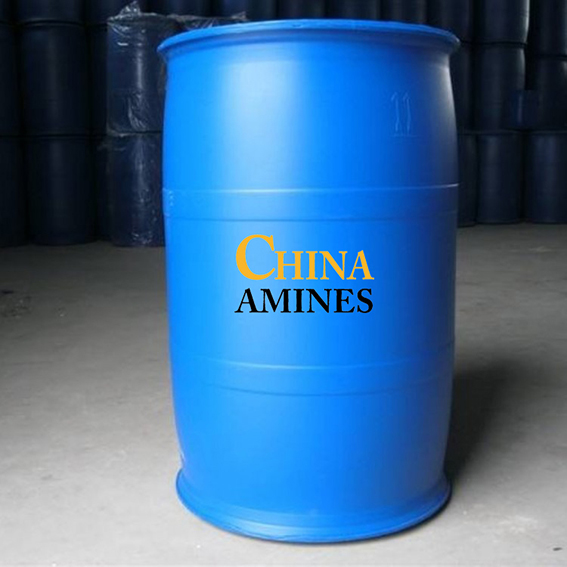1. Chemical Structure and Properties
Molecular Formula: C₄H₆O₂
Structural Formula:
CH₃COOCH=CH₂
A vinyl ester consisting of an acetate group bonded to a vinyl (ethenyl) group.
Physical Properties:
Appearance: Clear, colorless liquid with a sweet, fruity odor.
Boiling Point: 72–73°C; Density: 0.93 g/cm³; Vapor Pressure: 115 mmHg at 20°C.
Solubility: Partially soluble in water (2.5% w/w at 20°C); fully miscible with alcohols, ethers, and ketones.
Chemical Properties:
Polymerization: Undergoes radical polymerization to form polyvinyl acetate (PVAc) or copolymerizes with ethylene (EVA) or vinyl chloride.
Hydrolysis: Reacts with water under acidic/alkaline conditions to form acetic acid and acetaldehyde.
Flammability: Highly flammable (flash point: -8°C; autoignition temperature: 402°C).
2. Industrial Applications
Polymer Production:
Polyvinyl Acetate (PVAc): Used in adhesives (e.g., white glue), paints, and paper coatings.
Ethylene-Vinyl Acetate (EVA): Key material for foam soles, solar panel encapsulation, and hot-melt adhesives.
Adhesives & Coatings:
Emulsion Polymers: Water-based paints, textile finishes, and pressure-sensitive adhesives.
Textiles:
Binder for Nonwovens: Stabilizes fibers in disposable medical fabrics and filtration materials.
Food Packaging:
Barrier Coatings: PVAc-based films extend shelf life by reducing oxygen permeability.
3. Safety and Toxicology
Health Hazards:
Acute Exposure:
Inhalation (≥50 ppm): Irritates eyes, nose, and throat (TLV-TWA: 10 ppm).
Skin Contact: Causes dermatitis and defatting (rabbit skin LD₅₀: 2,500 mg/kg).
Ingestion: Moderately toxic (oral LD₅₀ rat: 2,900 mg/kg).
Chronic Effects:
Carcinogenicity: IARC Group 2B (possibly carcinogenic to humans) based on rodent studies.
Reproductive Toxicity: Linked to developmental delays in animal models (OECD 414).
Protection Measures:
PPE: Butyl rubber gloves, organic vapor respirators, chemical goggles.
Storage: Fireproof containers under nitrogen to prevent polymerization; store away from peroxides.
4. Environmental and Regulatory Compliance
Environmental Impact:
VOC Emissions: Classified as a volatile organic compound (VOC); contributes to ozone formation.
Aquatic Toxicity: LC₅₀ (fish, 96h): 10–50 mg/L; toxic to aquatic organisms.
Biodegradability: Rapid aerobic degradation (OECD 301F: >70% in 28 days).
Regulatory Frameworks:
EU:
CLP Regulation: Classified as Flammable Liquid (Category 2), Carc. 2 (H351).
REACH: Restricted in consumer adhesives above 0.1% (Annex XVII).
USA:
OSHA PEL: 10 ppm (8-hour TWA); EPA: Listed as a HAP under Clean Air Act.
China:
GB 13690-2009: Classified as Hazardous Chemical (Class 3.2).
Waste Management:
Incinerate with VOC abatement systems; wastewater treatment via activated sludge.
5. Case Studies and Application Insights
Case 1: Sustainable Adhesives (Henkel, 2023):
Innovation: Bio-based VAc derived from sugarcane ethanol used in "green" adhesives.
Result: Reduced carbon footprint by 40% vs. fossil-based VAc.
Case 2: Solar Panel Encapsulation (First Solar, 2022):
Application: EVA copolymer protects photovoltaic cells from moisture and UV degradation.
Performance: Extended panel lifespan by 15 years with<1% efficiency loss.
Comparative Analysis:
VAc vs. Acrylic Monomers (e.g., Methyl Acrylate):
Pros: Superior adhesion and flexibility in PVAc; lower cost.
Cons: Higher flammability and carcinogenicity risk compared to acrylics.
Specifications:
Vinyl acetate is a colorless liquid with a pungent odor, purity ≥99.0%, widely used as a key monomer in the production of polyvinyl acetate, adhesives, coatings, and resins.


